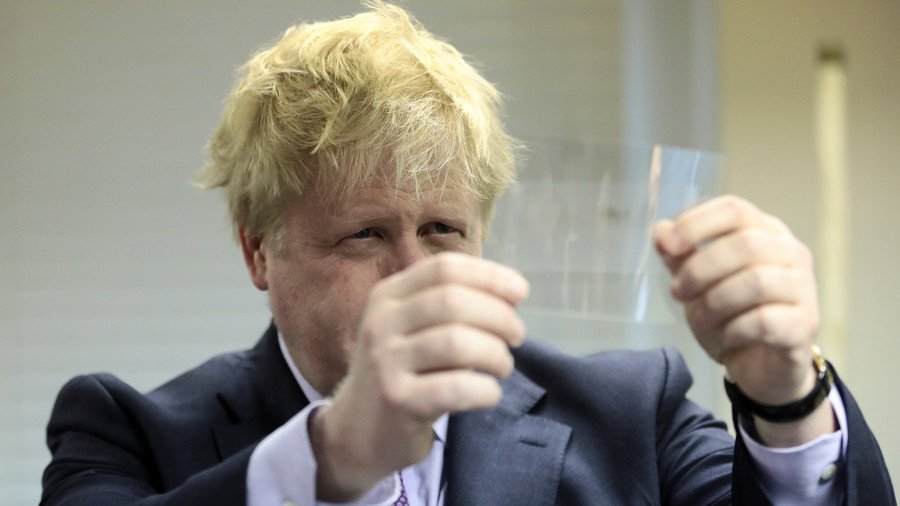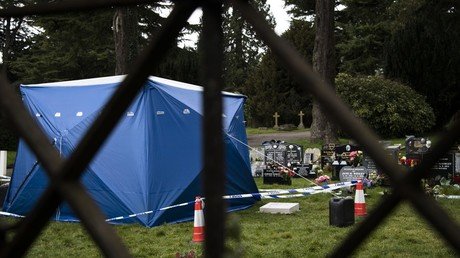UK Foreign Office’s attempts to undermine Russia on social media seem strangely familiar

Boris Johnson’s department has been extremely busy this week. Pretending interviews didn’t happen, slinging mud at Russia and making “informative videos.”
It’s difficult to know where to start with the creative project carried out by the Foreign and Commonwealth Office (FCO) this week.
It’s made social media videos to “explain” what is happening between Russia and the UK. The short videos blame Russia for the poisoning of ex-double agent Sergei Skripal and his daughter Yulia in Salisbury on March 4.
They go on to “explain” how Russia uses the internet, videos and government departments to push its own agenda or “fake news.”
Isn’t that exactly what the FCO just.. no, no, of course it’s not the same.
1. Inventing multiple theories
Russia is accused firstly of “inventing” multiple theories.
Well, Theresa May had two theories of her own when she accused Russia – within days – and expelled 23 diplomats from the UK. Russia poisoned Skripal – or “lost control” of a chemical weapon and someone else did it.
Someone should also tell the FCO about the British press.
This is how the Russian state is spreading disinformation following the Salisbury attack. We know the tactics they use, but they don't change the facts. pic.twitter.com/rnCtETv7rg
— Foreign Office 🇬🇧 (@foreignoffice) March 29, 2018
Initial newspaper reports suggested the poison used was the deadly opioid fentanyl, before it turned out to be Novichok.
Then the nerve agent was spread over flowers at Sergei Skripal’s wife’s grave. Or it was in the car. Or on the front door of the house. Or in some poisoned buckwheat. That’s what inventing theories looks like.
2. Using political figures and spokespeople to suggest their narrative is credible
Russia’s politicians are accused of pushing a narrative.
A bit like Foreign Secretary Boris Johnson being rolled out onto the world stage to sling mud and make misleading accusations. But different because he’s not Russian.
3. Using bots and fake accounts to amplify info
Britain has accused Russia of invading social media to swing the Brexit vote, and now to convince the world it didn’t attack the Skripals. The FCO is using social media to amplify its point, but has now been forced to delete a tweet which said Russia was the source of the nerve agent used in Salisbury. Scientists at the government’s Porton Down lab said they’d done no such thing. That would be “fake news” if a Russian had tweeted it.
The FCO’s video explainer ends with three sentences:
“We know the tactics they use”
“But they don’t change the facts”
“It is highly likely Russia was responsible for this attack.”
Those sentences might include the following:
“We know the tactics they use” (Because they are our tactics)
“But they don’t change the facts” (Unlike our Twitter feed)
“It is highly likely Russia was responsible for this attack.” (It is highly likely we can’t prove anything.)
If you like this story, share it with a friend!














